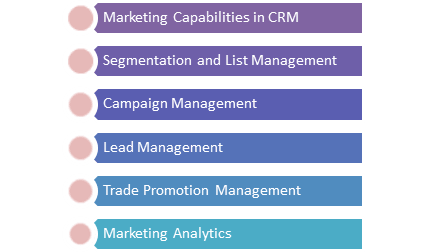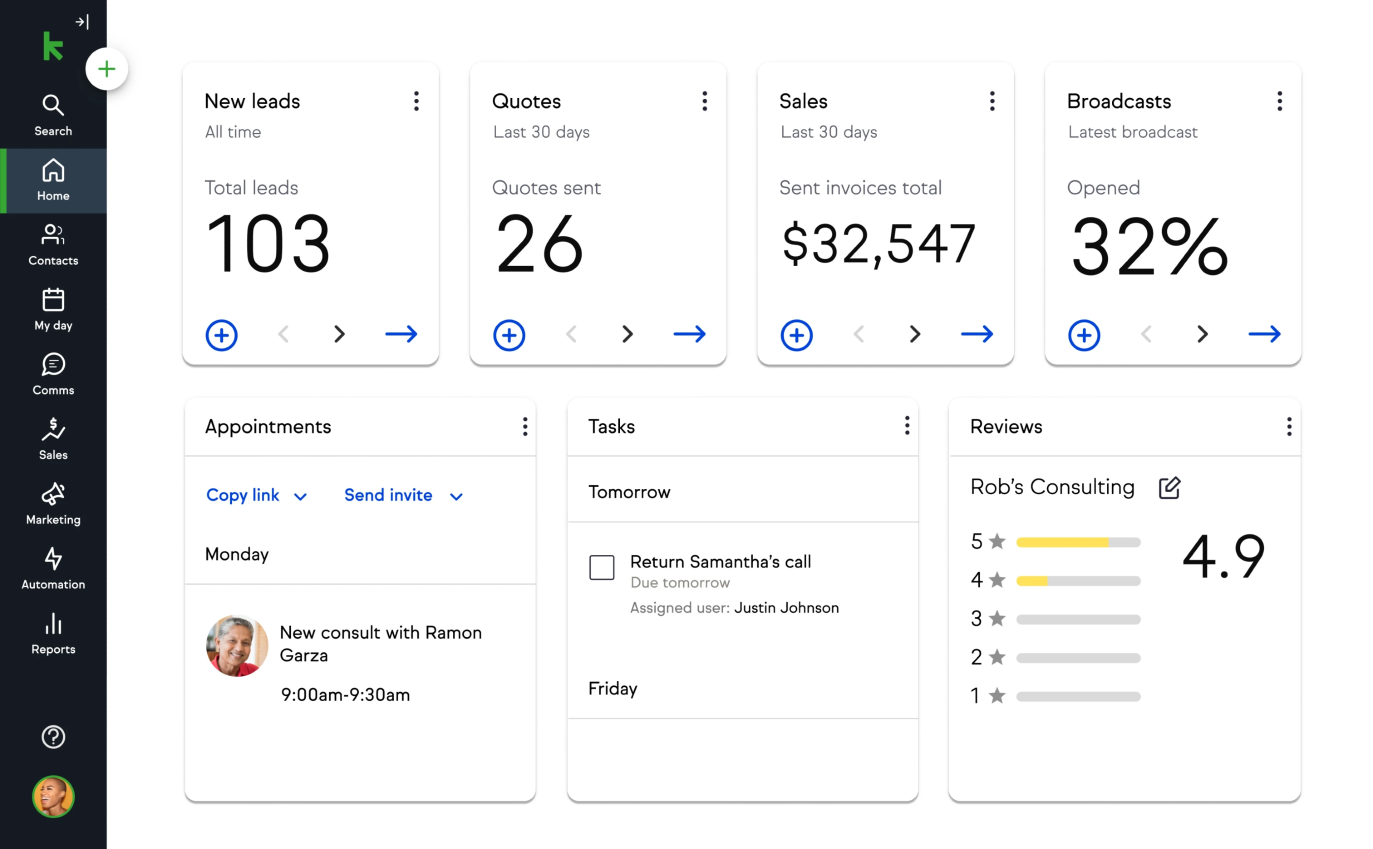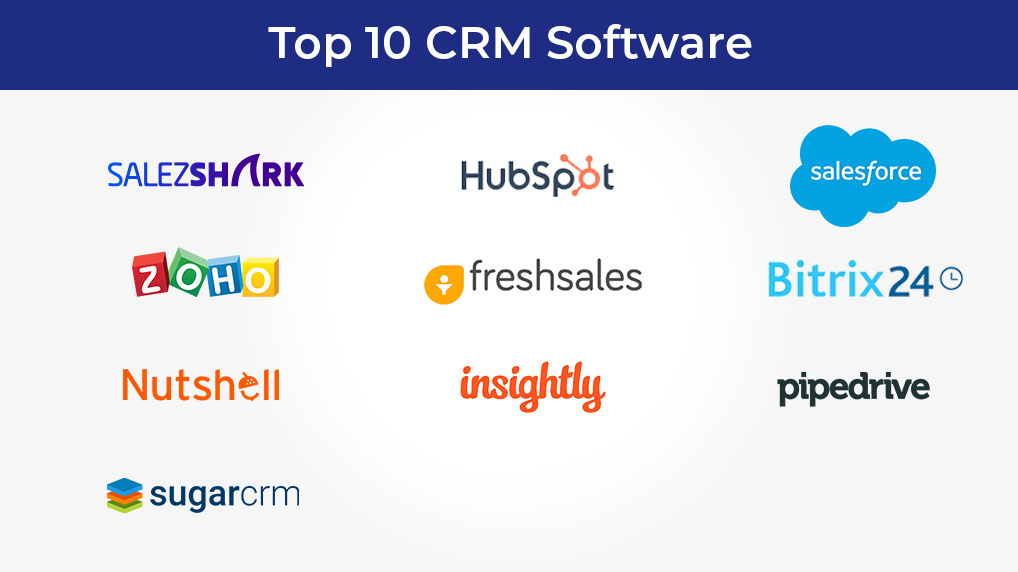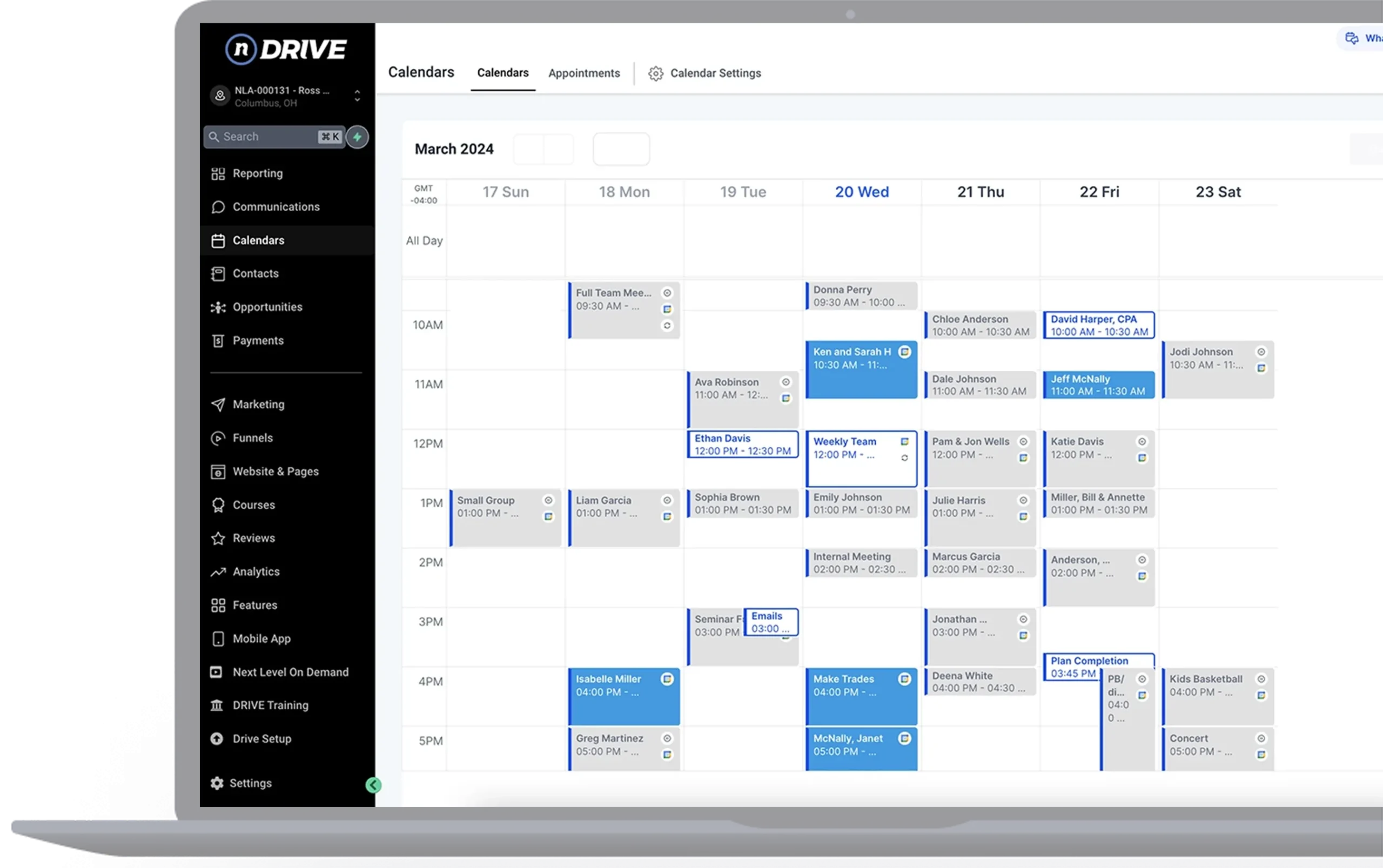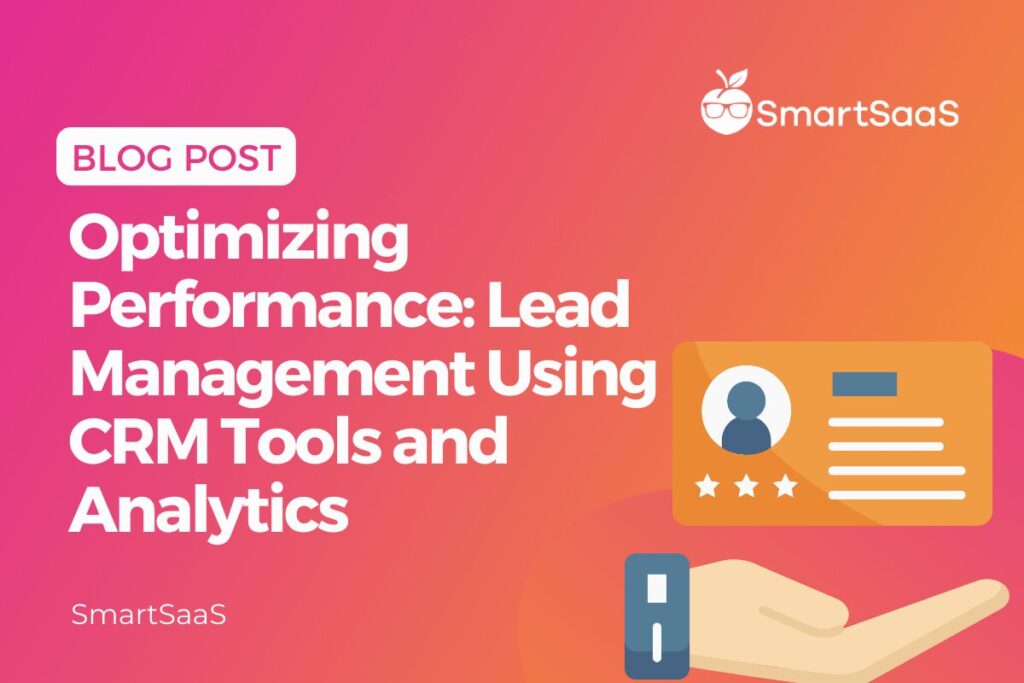
Unlock CRM Marketing Potential: Expert Tips for Optimization and Explosive Growth
In today’s hyper-competitive business landscape, leveraging every tool at your disposal is crucial for success. One of the most powerful assets any organization can have is a well-integrated and optimized CRM (Customer Relationship Management) system. But simply *having* a CRM isn’t enough. To truly reap the rewards, you need to master the art of CRM marketing optimization. This article dives deep into the strategies, tactics, and best practices that will transform your CRM into a lead-generating, customer-nurturing powerhouse. Get ready to unlock your CRM’s true potential and watch your business flourish.
What is CRM Marketing Optimization?
Before we jump into the nitty-gritty, let’s define what we mean by CRM marketing optimization. It’s the process of refining and improving your CRM system and the way you use it to manage and nurture customer relationships. This includes everything from data entry and segmentation to campaign execution and performance analysis. The ultimate goal? To boost customer engagement, increase sales, and foster long-term loyalty.
Why is CRM Marketing Optimization So Important?
Think of your CRM as the central nervous system of your marketing efforts. It houses all the critical information about your customers – their demographics, purchase history, communication preferences, and more. By optimizing your CRM, you gain a 360-degree view of each customer, allowing you to:
- Personalize Your Messaging: Deliver tailored content and offers that resonate with individual customer needs and preferences.
- Improve Customer Experience: Provide seamless and consistent interactions across all touchpoints.
- Increase Sales and Revenue: Identify and capitalize on sales opportunities with laser-like precision.
- Enhance Customer Retention: Build stronger relationships and keep customers coming back for more.
- Boost Marketing ROI: Make smarter decisions and allocate your marketing budget more effectively.
In short, CRM marketing optimization is the key to unlocking sustainable growth and building a thriving business.
Key Strategies for CRM Marketing Optimization
Now, let’s explore the core strategies that will help you supercharge your CRM marketing efforts. We’ll cover everything from data management and segmentation to automation and analytics.
1. Data is King: Mastering Data Management
Your CRM is only as good as the data it contains. Poor data quality can lead to inaccurate insights, wasted marketing efforts, and a frustrating customer experience. Therefore, mastering data management is the foundation of any successful CRM optimization strategy.
Clean and Accurate Data
Regularly clean your data to remove duplicates, correct errors, and update outdated information. Implement data validation rules to ensure that new data is entered correctly from the outset. Consider using data enrichment tools to supplement your existing data with valuable insights from third-party sources.
Data Segmentation
Segment your customer base into meaningful groups based on demographics, behavior, purchase history, and other relevant criteria. This allows you to personalize your messaging and tailor your offers to specific customer segments. For example, you might segment customers based on their industry, company size, or stage in the sales cycle.
Data Integration
Integrate your CRM with other business systems, such as your email marketing platform, e-commerce platform, and social media channels. This will provide you with a holistic view of your customers and enable you to track their interactions across all touchpoints.
2. Segmentation Savvy: Crafting Effective Customer Segments
Segmentation is the art of dividing your customer base into distinct groups, each with its own unique characteristics and needs. Effective segmentation allows you to deliver highly targeted marketing messages that resonate with each group, leading to increased engagement and conversions.
Segmentation Criteria
There are many ways to segment your customers. Consider using the following criteria:
- Demographics: Age, gender, location, income, education, etc.
- Psychographics: Values, interests, lifestyle, personality, etc.
- Behavior: Purchase history, website activity, email engagement, etc.
- Firmographics (for B2B): Industry, company size, revenue, job title, etc.
- Customer Lifecycle Stage: Lead, prospect, opportunity, customer, advocate, etc.
Creating Actionable Segments
Once you’ve identified your segmentation criteria, create segments that are:
- Measurable: You should be able to track the size and performance of each segment.
- Accessible: You should be able to easily reach each segment with your marketing messages.
- Substantial: Each segment should be large enough to justify the marketing effort.
- Differentiable: Each segment should have distinct characteristics that set it apart from other segments.
- Actionable: You should be able to create marketing campaigns that target each segment effectively.
3. Automation Ace: Streamlining Your Marketing Workflows
Marketing automation is the process of using software to automate repetitive marketing tasks, freeing up your team to focus on more strategic initiatives. CRM marketing automation can be a game-changer, helping you nurture leads, personalize customer interactions, and improve overall efficiency.
Automated Workflows
Create automated workflows for common marketing processes, such as:
- Lead Nurturing: Send a series of targeted emails to leads based on their behavior and engagement.
- Welcome Emails: Automatically send a welcome email to new subscribers or customers.
- Abandoned Cart Recovery: Trigger an email to customers who have abandoned items in their online shopping cart.
- Customer Onboarding: Guide new customers through the onboarding process with a series of helpful emails and resources.
- Re-engagement Campaigns: Reach out to inactive customers with special offers or personalized content.
Personalization with Automation
Use dynamic content and personalization tokens to tailor your automated emails to each recipient. This includes using their name, company, purchase history, and other relevant information. Personalization can significantly improve email open rates, click-through rates, and conversions.
4. Campaign Creation and Execution: Delivering the Right Message
With your data in order, your segments defined, and automation workflows in place, it’s time to craft and execute compelling marketing campaigns. The key is to deliver the right message to the right audience at the right time.
Campaign Planning
Before launching any campaign, carefully plan your goals, target audience, messaging, and call to action. Define your key performance indicators (KPIs) to measure the success of your campaign. Consider using A/B testing to optimize your messaging and design.
Channel Selection
Choose the right channels to reach your target audience. This may include email, social media, SMS, or other channels. Tailor your messaging to each channel and optimize your content for the specific platform.
Campaign Monitoring
Continuously monitor your campaigns and track your KPIs. Make adjustments as needed to optimize performance. Use analytics to identify what’s working and what’s not, and refine your strategy accordingly.
5. Analytics and Reporting: Measuring What Matters
Data is your friend, and analytics are your guide. Without a clear understanding of your CRM marketing performance, you’re essentially flying blind. Robust analytics and reporting are essential for making data-driven decisions and optimizing your efforts.
Key Metrics to Track
Focus on the key metrics that align with your business goals, such as:
- Lead Generation: Number of leads generated, lead source, cost per lead.
- Conversion Rates: Conversion rate from lead to opportunity, opportunity to customer.
- Customer Acquisition Cost (CAC): The cost of acquiring a new customer.
- Customer Lifetime Value (CLTV): The predicted revenue a customer will generate over their lifetime.
- Customer Retention Rate: The percentage of customers who remain loyal over time.
- Marketing ROI: The return on investment for your marketing campaigns.
- Email Metrics: Open rates, click-through rates, conversion rates.
Reporting and Analysis
Generate regular reports to track your progress and identify areas for improvement. Analyze your data to identify trends, patterns, and insights. Use these insights to optimize your campaigns, refine your segmentation, and improve your overall marketing strategy.
6. Integration and Synchronization: Seamless Data Flow
The power of CRM truly shines when it’s integrated with other crucial business systems. This integration allows for a seamless flow of data, eliminating silos and providing a comprehensive view of the customer journey. This, in turn, unlocks deeper insights and more effective marketing strategies.
Integrating with Email Marketing Platforms
Connecting your CRM to your email marketing platform is a must. This allows you to:
- Sync contact data: Ensure your customer information is always up-to-date in both systems.
- Automate email campaigns: Trigger emails based on CRM data, such as purchase history, lead status, or customer lifecycle stage.
- Track email performance: Monitor open rates, click-through rates, and conversions directly within your CRM.
Integrating with E-commerce Platforms
If you have an e-commerce store, integrating it with your CRM is essential for:
- Tracking purchase history: Gain a complete view of customer purchases, which is invaluable for segmentation and personalization.
- Personalizing product recommendations: Suggest relevant products based on past purchases and browsing behavior.
- Automating abandoned cart emails: Recover lost sales by sending automated emails to customers who left items in their cart.
Integrating with Social Media Platforms
Social media integration can help you:
- Track social media engagement: Monitor mentions, comments, and shares related to your brand.
- Identify social media leads: Capture leads generated from social media campaigns.
- Personalize social media interactions: Respond to customer inquiries and engage with them on a more personal level.
7. Training and Adoption: Empowering Your Team
A CRM system is only as effective as the people who use it. Investing in training and ensuring high adoption rates are crucial for maximizing the value of your CRM investment.
Comprehensive Training
Provide your team with comprehensive training on how to use the CRM system effectively. This should include training on data entry, segmentation, automation, reporting, and any other features relevant to their roles.
Ongoing Support
Offer ongoing support to your team to help them troubleshoot issues and stay up-to-date on the latest CRM features and best practices. This could include providing access to online resources, hosting regular training sessions, or assigning a CRM champion within each department.
Encouraging Adoption
Promote CRM adoption by:
- Highlighting the benefits: Explain how the CRM will help them be more efficient, improve their performance, and provide a better customer experience.
- Making it easy to use: Simplify the CRM interface and provide clear instructions and guidelines.
- Leading by example: Encourage managers and team leaders to actively use the CRM and demonstrate its value.
- Providing incentives: Reward team members who actively use the CRM and achieve positive results.
8. Continuous Optimization: The Path to Excellence
CRM marketing optimization is not a one-time project; it’s an ongoing process. Continuously monitor your performance, analyze your results, and make adjustments as needed to ensure that you’re always striving for improvement.
Regular Audits
Conduct regular audits of your CRM system to identify areas for improvement. This should include reviewing your data quality, segmentation strategy, automation workflows, and reporting capabilities.
A/B Testing
Use A/B testing to optimize your marketing campaigns. Test different subject lines, email content, calls to action, and landing pages to see what resonates best with your audience.
Staying Up-to-Date
The CRM landscape is constantly evolving. Stay up-to-date on the latest CRM features, best practices, and industry trends. Consider attending conferences, webinars, or online courses to expand your knowledge.
Tools of the Trade: CRM Platforms to Consider
Choosing the right CRM platform is critical to your success. Here are a few popular options to consider:
- Salesforce: A leading CRM platform with a wide range of features and integrations.
- HubSpot CRM: A user-friendly CRM platform with a strong focus on marketing automation.
- Zoho CRM: A comprehensive CRM platform with a robust feature set and affordable pricing.
- Microsoft Dynamics 365: An enterprise-grade CRM platform with a strong focus on business intelligence.
- Pipedrive: A sales-focused CRM platform designed for small and medium-sized businesses.
Conclusion: The Future of CRM Marketing
CRM marketing optimization is no longer optional; it’s a necessity for businesses that want to thrive in today’s competitive market. By implementing the strategies and tactics outlined in this article, you can transform your CRM into a powerful engine for lead generation, customer engagement, and sustainable growth. Embrace the power of data, personalization, and automation, and watch your business reach new heights. The future of CRM marketing is bright, and the opportunities for success are endless.
Start today, and unlock the full potential of your CRM. The journey to CRM marketing optimization is an ongoing one, but the rewards are well worth the effort. Embrace the change, embrace the data, and embrace the future of customer relationship management.

